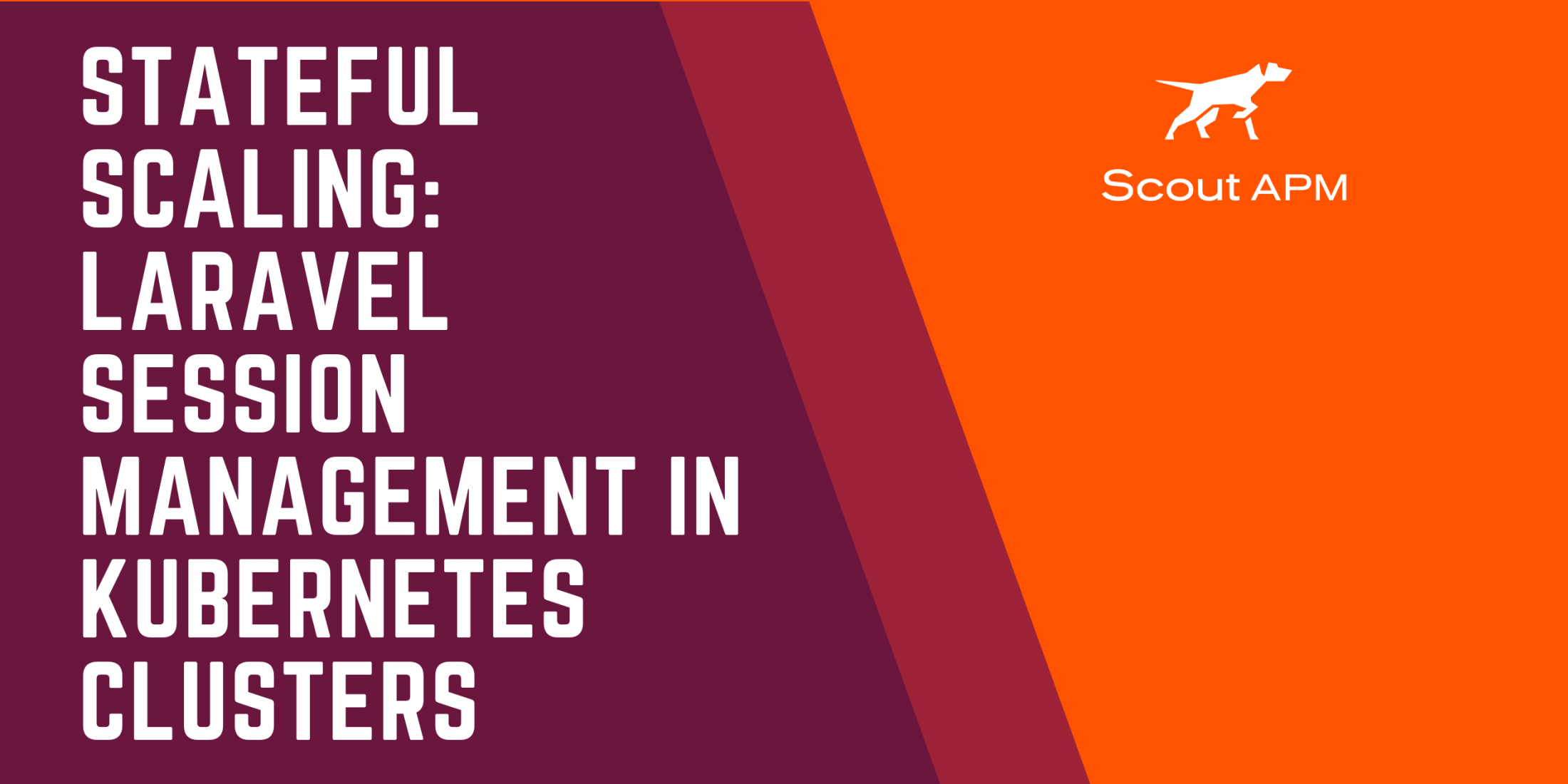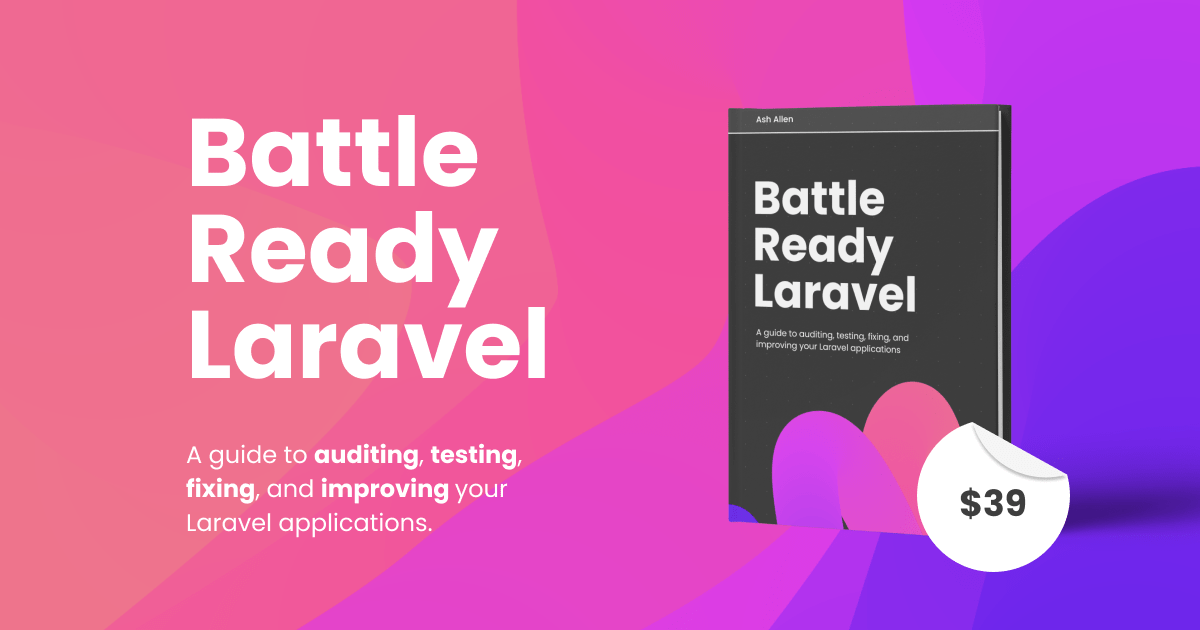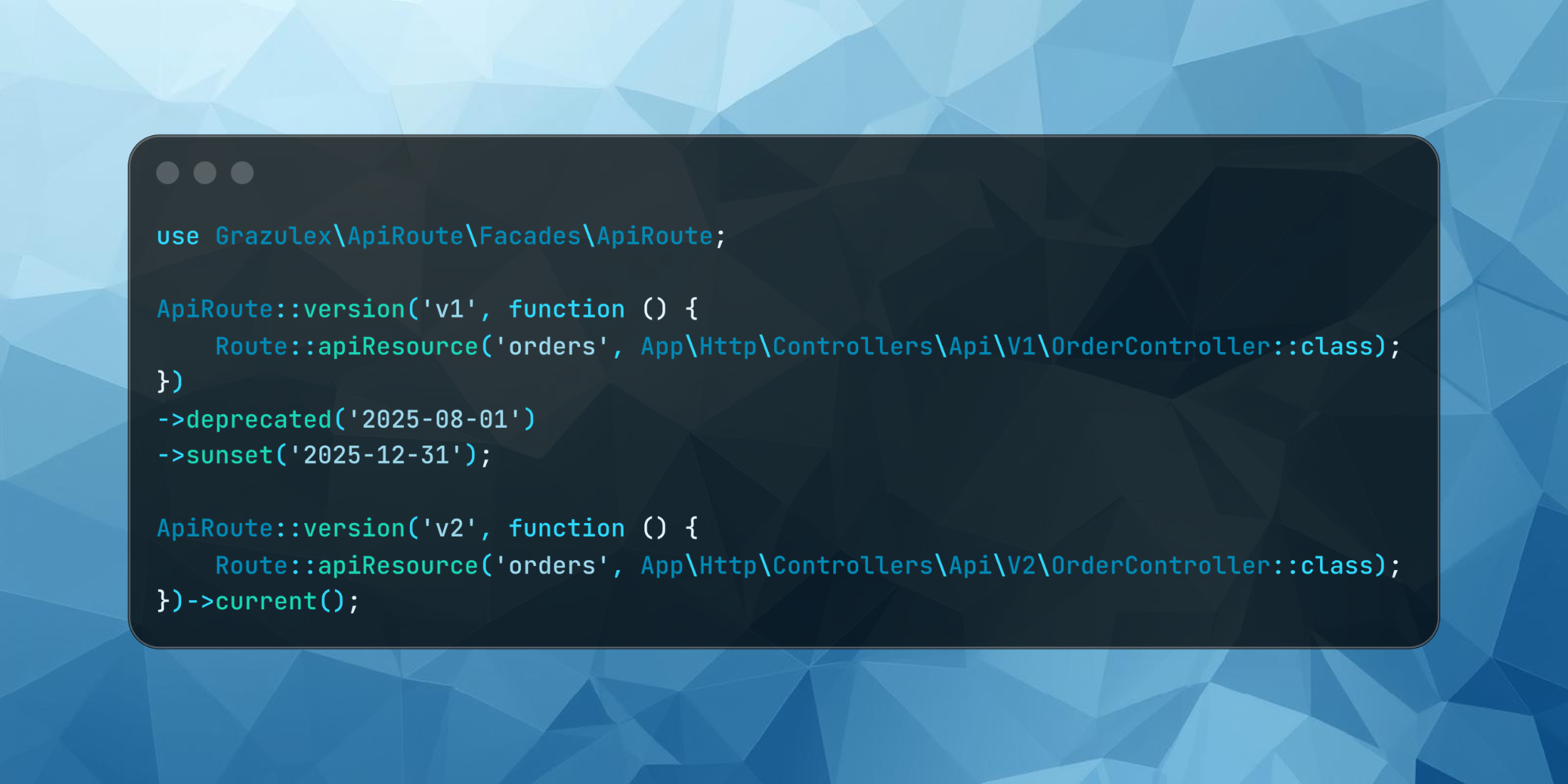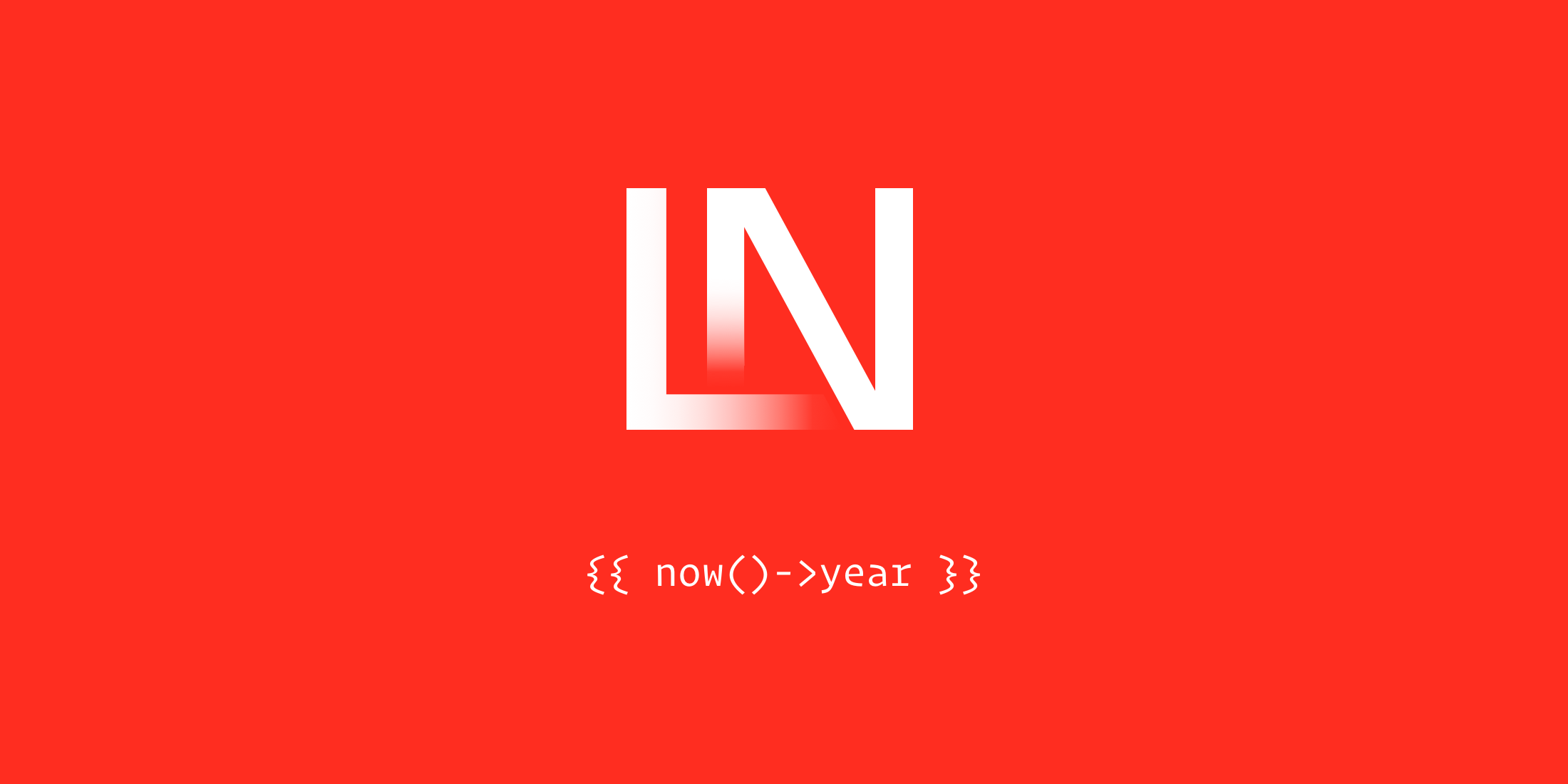Kubernetes is an excellent option for scaling Laravel applications. Kubernetes offers scalability, high availability, service discovery, and load balancing. Specifically for Laravel deployments, Kubernetes can help with stateless horizontal scaling, easy management of background processing, and storage flexibility.
But it can come at a cost. The ephemerality of Kubernetes pods and the way they scale makes session management in Laravel difficult. Using the default file session driver can lead to lost data if the pod restarts or is replaced, so developers must shift to a different mechanism.
Here, we want to take you through some of the gotchas in Laravel session management you’ll experience as you move to a Kubernetes deployment. The good news is that they are all fixable with an understanding of the internal workings of containerization.
The Benefits of Using Kubernetes With Laravel
Let’s start with why you might want to do this. You can deploy Laravel applications in myriad different ways, so why choose one that will immediately give you this session headache? Well, the core benefits of deploying a Laravel application on Kubernetes are:
- Stateless horizontal scaling. Laravel is inherently designed to be stateless for most of its components (excluding sessions and cache if stored locally). This design complements Kubernetes' scaling capabilities. When traffic to your Laravel application increases, Kubernetes can quickly spawn more replicas of your Laravel application to handle the load, and vice-versa when traffic decreases.
- Background processing. Laravel's job and queue system, built around tools like Laravel Horizon, can benefit from Kubernetes' deployment strategies. For instance, worker containers can be scaled independently of the main application, allowing for effective processing of queued jobs.
- Configuration management. Laravel's configuration system relies heavily on environment variables. Kubernetes' ConfigMaps and Secrets make it easy to manage and inject these environment variables consistently and securely across different environments (development, staging, production).
- Storage flexibility. If your Laravel application requires file storage (for example, for user uploads), Kubernetes offers Persistent Volume Claims (PVCs) that abstract the underlying storage backend. This means your Laravel application can seamlessly store files whether you're on cloud object storage, a block storage device, or a network file system.
- Service mesh integration. If you adopt a service mesh like Istio with your Laravel application on Kubernetes, you gain enhanced observability, traffic management, and security features without modifying the Laravel application itself.
However, while Kubernetes offers these benefits, it also introduces complexity, with session management being a casualty of this complexity. One of the benefits above is a primary culprit in causing session management problems–stateless horizontal scaling. This causes session management problems by introducing multiple replicas of your Laravel application, which may not inherently share session state.
In traditional single-server setups, a user's session data is typically stored locally, making it instantly available for subsequent requests from that user. In Kubernetes, with multiple replicas handling requests, a user may be served by a different replica with each request.
The Session Management Challenges With Laravel and Kubernetes
So, the challenge of session management comes from three factors integral to how Kubernetes works.
First, there is a need for session persistence. When sessions are stored locally within a pod, a request that goes to a different replica will not have access to previous session data, leading to a broken user experience. This inconsistency can lead to issues like users being logged out randomly or needing help retaining application state.
Second is the ephemeral nature of pods. Pods in Kubernetes can be terminated and replaced at any time, especially if they become unhealthy or during updates. If a session is stored locally within a pod, and that pod gets terminated, the session data is lost, affecting user experience.
Third, while Kubernetes does provide load balancing across pods, without session affinity configuration, subsequent requests from the same user can land on different replicas. Without a centralized session store, this can lead to unpredictable behavior.
These all lead to data synchronization overhead and increased latency, as attempting to manage sessions through synchronization or other non-central methods can introduce latency into requests. This detracts from the user experience, especially in applications where response time is critical.
To counter these challenges, Laravel developers deploying Kubernetes have two options:
- Leverage Kubernetes' session affinity feature to ensure requests from a user consistently land on the same replica.
- Store sessions in distributed systems like Redis or databases, ensuring that session data is centralized and accessible to all replicas.
Let’s go through each option and how they work with Laravel.
Sticky Sessions
Session affinity, also known as "sticky sessions," can be critical in scenarios where stateful applications or workloads are deployed, and you want all requests from a particular client to always go to the same pod. In Kubernetes, you can achieve this using service session affinity.
In traditional monolithic architectures, applications typically run on a single server where session data is stored locally. This model ensures that all subsequent requests from a particular user always have access to that user's session data. But, in a container orchestration environment like Kubernetes, your application could be running across multiple pods spread across different nodes. Here, there's no inherent guarantee that a user's subsequent requests will hit the same pod every time.
This is where sticky sessions come into play. For specific applications, a user's requests must always land on the same pod to maintain application state, provide a consistent user experience, or leverage local caching effectively.
Kubernetes provides the concept of session affinity, enabling you to specify that all requests from a particular client should be routed to the same pod. This is achieved through the use of cookies or by IP.
When you configure session affinity based on the client's IP address, Kubernetes checks the source IP of the incoming request and directs it to the same pod as previous requests from that IP. If session affinity is based on cookies, Kubernetes will ensure that all requests with a specific cookie are directed to the same pod.
In your service's YAML definition, you must specify the session affinity type. For instance:
apiVersion: v1kind: Servicemetadata: name: my-servicespec: selector: app: my-app ports: - protocol: TCP port: 80 targetPort: 9376 sessionAffinity: ClientIPIn the above configuration, the sessionAffinity field is set to ClientIP, which means the Kubernetes service will use the client's IP address to ensure that all requests from that IP will be directed to the same pod.
If you want more control over the session affinity, you can use sessionAffinityConfig. For example, to set a timeout for the session affinity:
apiVersion: v1kind: Servicemetadata: name: my-servicespec: selector: app: my-app ports: - protocol: TCP port: 80 targetPort: 9376 sessionAffinity: ClientIP sessionAffinityConfig: clientIP: timeoutSeconds: 3600While sticky sessions can solve some problems, they are only sometimes the right fit. If the pod handling the sticky session overwhelms or goes down, the user might experience performance issues or disruptions.
Relying solely on sticky sessions can also lead to uneven traffic distribution across pods, especially if certain clients make more frequent or resource-intensive requests. For many use cases, a centralized session store like Redis might be more scalable and fault-tolerant than sticky sessions. So, let’s look at that option.
Distributed Session Stores With Redis
A distributed session store like Redis in Laravel allows you to share session data across multiple application instances. This is particularly useful in scalable environments like Kubernetes, where your application might run in multiple pods, and any of these pods could serve user requests.
Redis is an ideal choice because of:
- Performance. Redis is an in-memory data structure store offering rapid data access. This makes it exceptionally well-suited for session management, where fast read and write operations are crucial for maintaining a seamless user experience.
- Scalability. Redis supports horizontal partitioning or sharding, making it scalable across multiple machines. In high-traffic scenarios where a single Redis instance might become a bottleneck, you can distribute your data across multiple Redis instances.
- Persistence. While primarily an in-memory store, Redis provides mechanisms to persist data on disk without compromising much on performance. This ensures that session data isn't lost if the Redis service restarts.
- Data structures. Redis isn't just a simple key-value store. It supports a variety of data structures like strings, hashes, lists, and sets. This flexibility can be beneficial for more complex session-related operations.
Redis also has some advantages over sticky sessions. Since any instance can handle requests, traffic is more evenly distributed across all pods. If a pod fails, user sessions aren't lost. Another pod can pick up the request and fetch session data from Redis. As your traffic grows, you can scale your application and Redis instances independently based on the need.
Let's walk through the steps for setting Redis as a session driver in Laravel. First, you need to install the required package:
composer require predis/predisThen you can update the Laravel .env file to point to Redis for session management:
SESSION_DRIVER=redisREDIS_HOST=your_redis_serverREDIS_PASSWORD=your_redis_passwordREDIS_PORT=6379Within Laravel, you need to update your config/session.php to use the session driver from the .env file:
'driver' => env('SESSION_DRIVER', 'file'),Then ensure the Redis configuration in config/database.php looks like this:
'redis' => [ 'client' => 'predis', 'default' => [ 'host' => env('REDIS_HOST', '127.0.0.1'), 'password' => env('REDIS_PASSWORD', null), 'port' => env('REDIS_PORT', 6379), 'database' => env('REDIS_DB', 0), ],],Next, you'll need a table to store the sessions. Laravel provides a command to generate this table:
php artisan session:tableThis will create a migration file. Run the migration to make the sessions table:
php artisan migrateAfter the above configurations, Laravel will automatically handle sessions using Redis without requiring any specific code in your application. For example, when you set a session variable:
session(['key' => 'value']);This value will be stored in Redis. To retrieve it:
$value = session('key');When you call functions like these, Laravel automatically uses Redis as the backend to manage the session data.
To deploy Redis in Kubernetes, you need to use Helm to deploy a Redis instance in your Kubernetes cluster:
# Add the Bitnami repository which has the Redis charthelm repo add bitnami <https://charts.bitnami.com/bitnami> # Install Redis using Helmhelm install my-redis bitnami/redisEnsure to note down the password for the Redis instance provided by Helm during installation. Then, create a Kubernetes service manifest. Let's call it redis-service.yaml:
apiVersion: v1kind: Servicemetadata: name: redis-servicespec: selector: app: redis ports: - protocol: TCP port: 6379 targetPort: 6379You can apply the Kubernetes service manifest to create the service:
kubectl apply -f redis-service.yamlThen verify that the service is running:
kubectl get svc redis-serviceFinally, point Laravel to the Kubernetes Redis Service by updating your Laravel .env file or configuration to use the Redis service created in Kubernetes:
REDIS_HOST=redis-serviceREDIS_PORT=6379redis-service is the host because it's the name of the Kubernetes service, and the Kubernetes internal DNS will resolve this name to the appropriate IP address for the service.
Congratulations, you've integrated Redis with Laravel and ensured that the Laravel application communicates with the Redis instance deployed in Kubernetes. This ensures session data is stored and managed efficiently in a distributed environment.
Scalable Sessions With Laravel and Kubernetes
Using session affinities and a distributed session store, your Laravel application can store and persist session data that all instances of your app can access. You can then scale your application, ensuring all users maintain their session data regardless of which instance of your app handles their request. In a Kubernetes environment, where pods can be ephemeral, and user requests can be routed to any pod, these options are essential for maintaining user session consistency.
As technology evolves, ensuring seamless user experiences becomes paramount, especially in distributed and scalable environments like Kubernetes. By leveraging Laravel's inherent adaptability with the robustness of Kubernetes, developers can address the challenges of session management. Not only does this combination enhance application resilience, but it also paves the way for future scalability without compromising on the user's experience.
Try Scout APM today!
Sarah has over 18 years of experience in the software industry. In addition to her current role as a Sr. Product Manager at Scout, she is a featured speaker at Product School and a product strategy consultant for Tapple.io.










